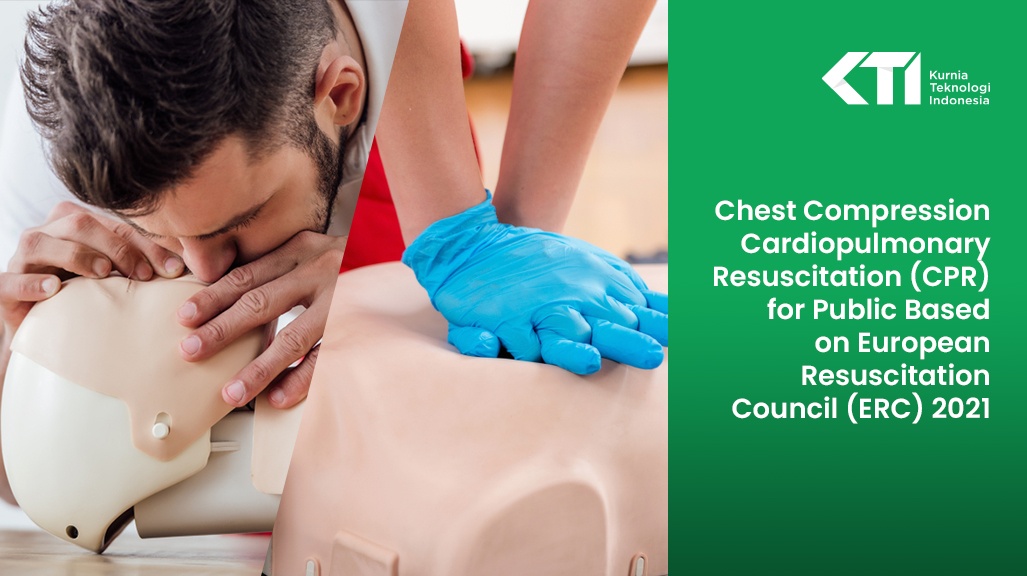General Guide CPR for Public Based on ERC 2021
Based on European Resuscitation Council (ERC) 2021
Chest compression is a crucial part of Cardiopulmonary Resuscitation (CPR) and is used to circulate blood and oxygen to the heart and brain when a person is in cardiac arrest. The European Resuscitation Council (ERC) updated its CPR guidelines in 2021 to provide clear and concise instructions on how to perform chest compression.
Before beginning chest compression, it is important to check the scene for safety and to call for emergency medical services. If the person is unresponsive, shake them gently and ask if they are okay. If they do not respond, shout for help and begin chest compression.
How To Do the CPR?
To perform chest compression, kneel down beside the person and locate the center of their chest. Place the heel of one hand on the center of their chest and the other hand on top of the first hand. Interlock your fingers and ensure that they are positioned directly over the center of the chest.
Apply pressure with your hands, compressing the chest to a depth of 5-6 cm. Ensure that your hands do not slide off the center of the chest and that you maintain the correct compression depth throughout the compression cycle.
Release the pressure completely and allow the chest to return to its normal position. Repeat the compression cycle, compressing the chest at a rate of 100-120 compressions per minute.
It is important to avoid excessive ventilation during chest compression as this can reduce the effectiveness of the compressions. If possible, perform chest compression without ventilation, or perform ventilation only after every 30 chest compressions.
Chest compression is the most important part of CPR, and it should be continued until emergency medical services arrive or until the person regains consciousness. If you are unable to perform chest compression, seek help from a bystander who can take over while you call for emergency medical services.
When You Have To Use AED?
If an automated external defibrillator (AED) is available, you can use it to deliver an electrical shock to the person's heart. The AED will analyze the heart rhythm and will only deliver a shock if it is safe to do so. If the person regains consciousness, stop chest compression and place them in the recovery position to prevent choking.
It is important to perform chest compression with the correct technique as this will ensure that blood and oxygen are circulated effectively to the heart and brain. Incorrect chest compression can cause injury to the person, reduce the effectiveness of the compressions, and prolong the time before emergency medical services arrive.
Regular training in chest compression is important to maintain your skills and to ensure that you are able to perform the compressions correctly in an emergency situation. Seek training from a qualified instructor and practice regularly to ensure that you are prepared to save a life in the event of a cardiac arrest.

